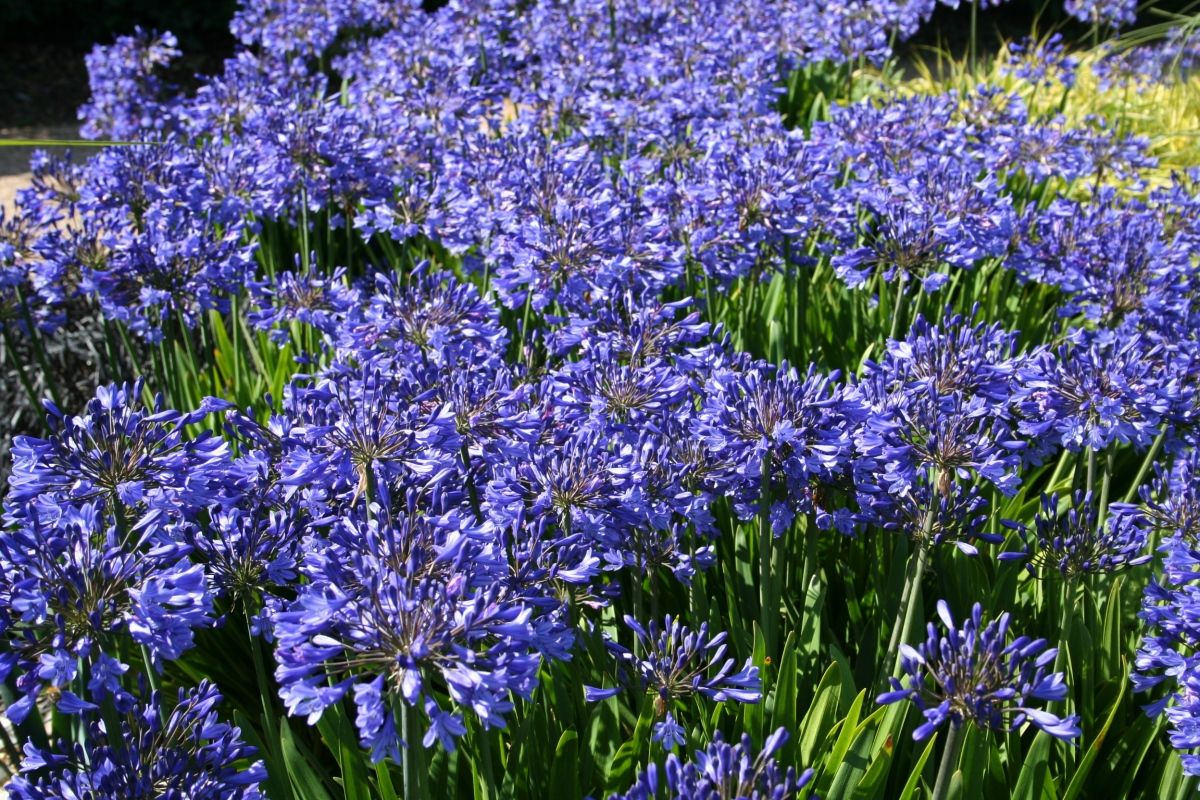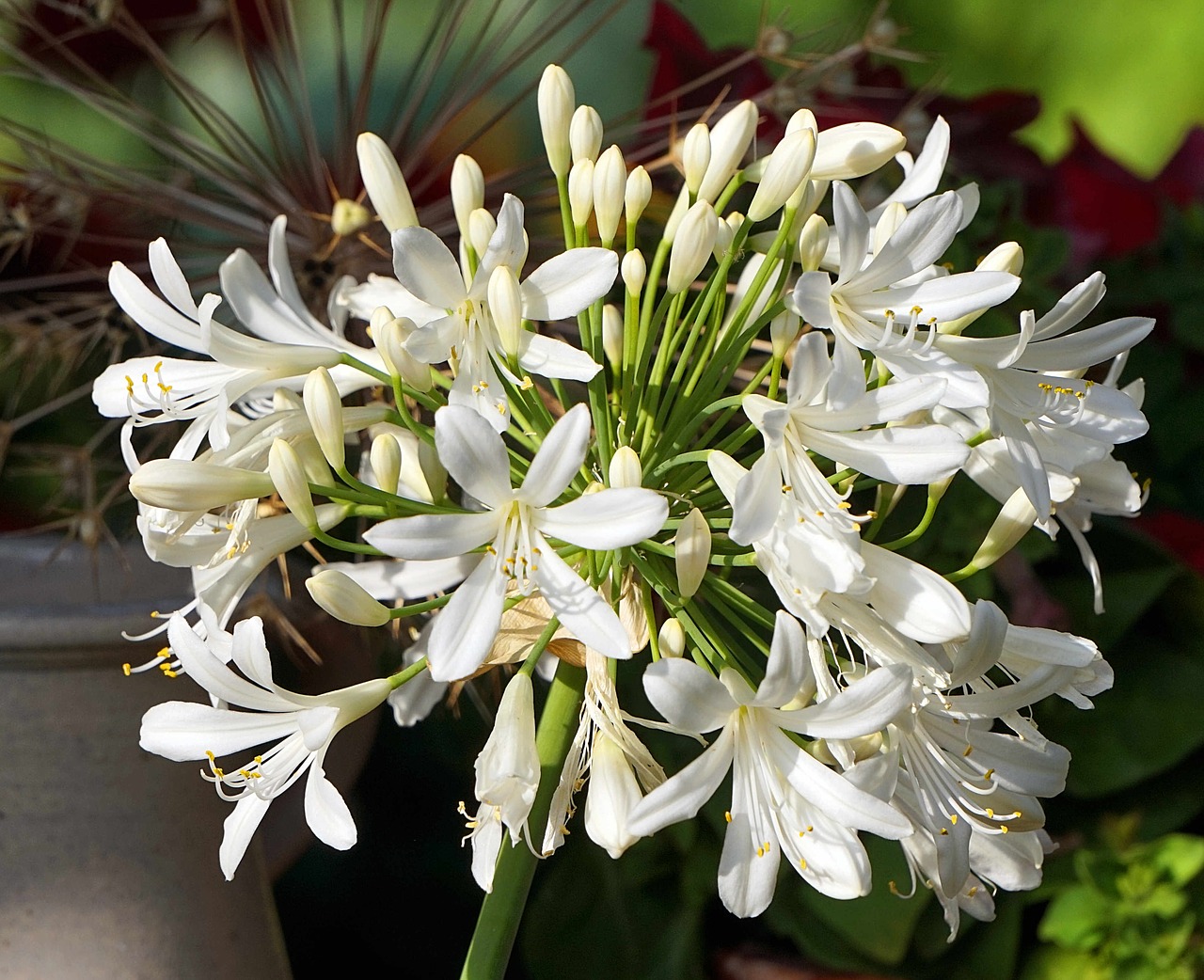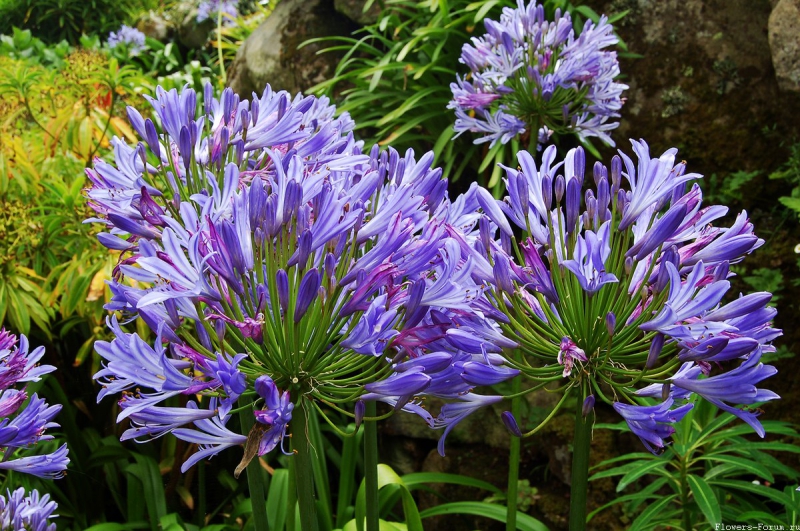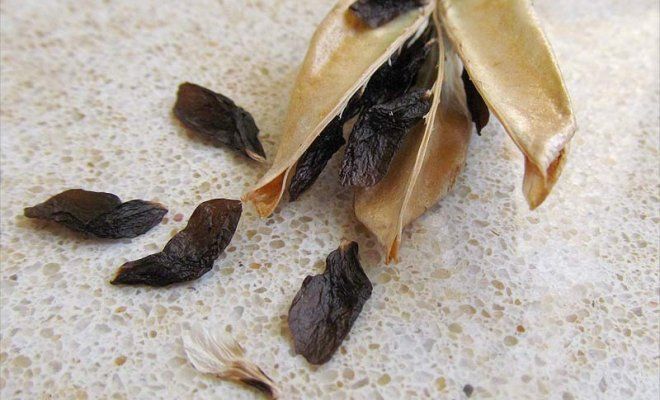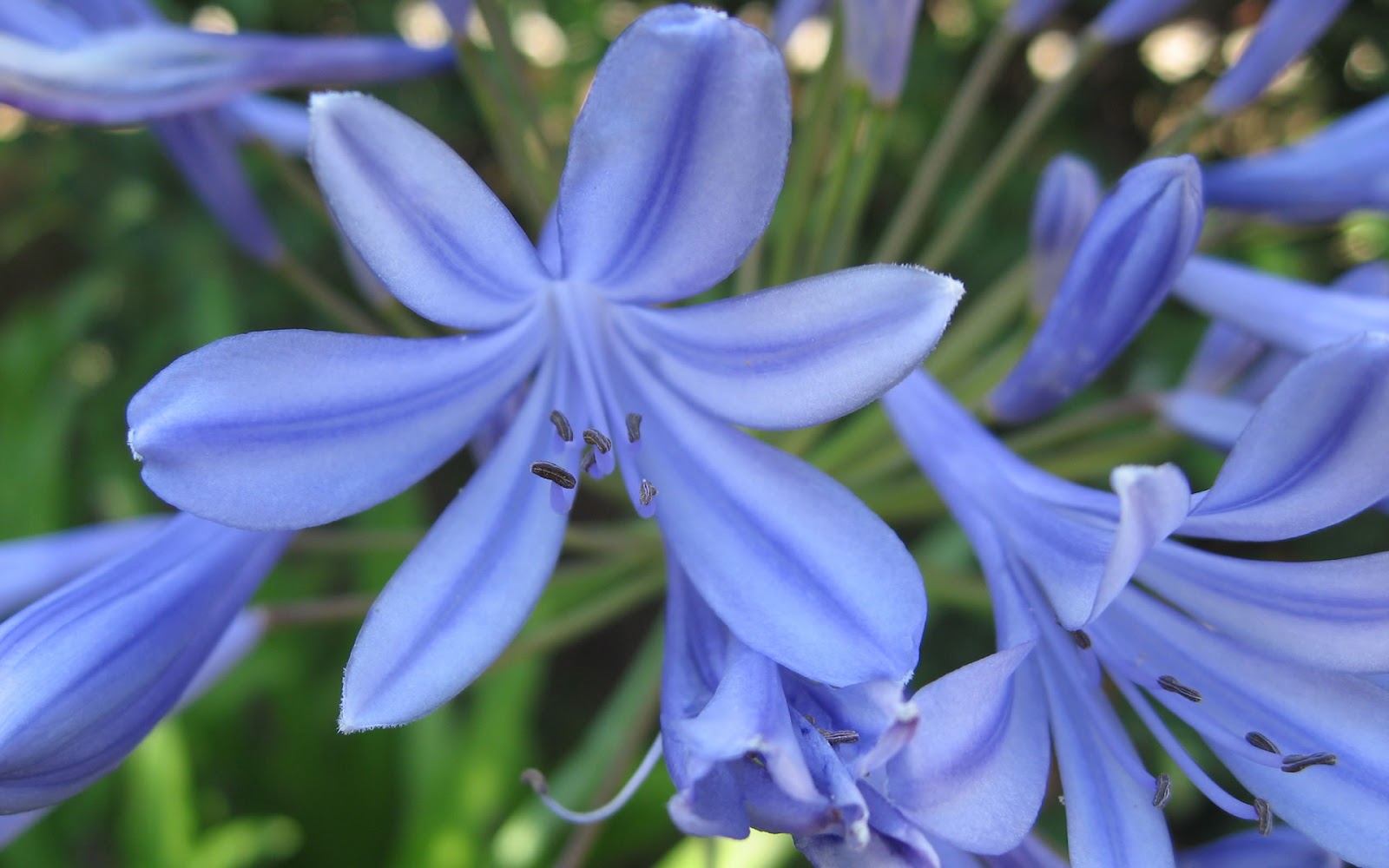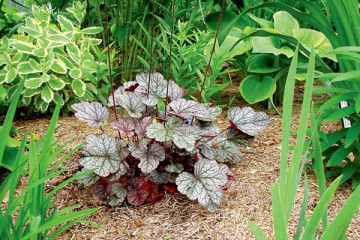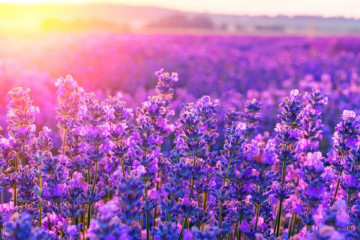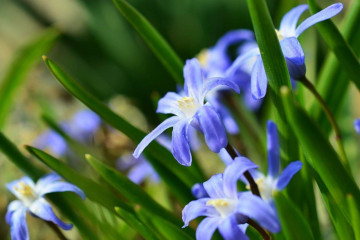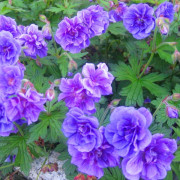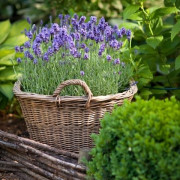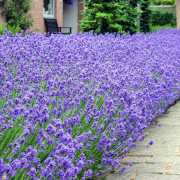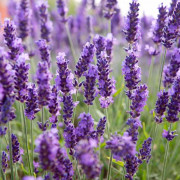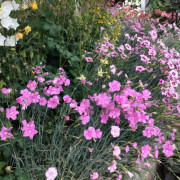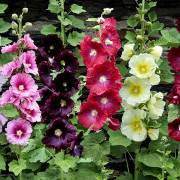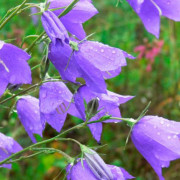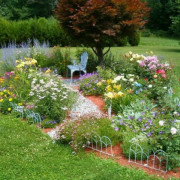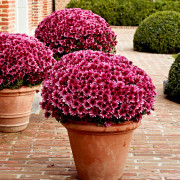Agapanthus: planting and care in the open field
Content:
Agapanthus is a perennial herb. It was first discovered in the mountains of South Africa. Scientists have not been able to attribute it to a specific family, since it has signs of Onions, Liliaceae and Amaryllis at the same time. Therefore, he became the founder of the Agapantov family.
Classification
Agapanthus African reaches 70 cm in height. The plant has oblong grooved leaves of a dark green hue, 30-40 cm long, 2-3 cm wide. The flower itself is bright blue, therefore it is also known as Agapanthus Blue. It blooms from mid-June to late July, after which seeds appear.
Eastern agapanthus is white, it is also an early agapanthus. It has a spherical shape due to the large number of blue-white flowers, reaching up to 100. Plant height - 70 cm.
Bell agapanthus is a miniature plant suitable for indoor cultivation. The length of its leaves usually does not exceed 10-15 cm. The petals themselves bloom from July to August, painted in a delicate blue-violet color.
Agapanthus: planting and care in the open field
Like any flower, agapanthus requires special care and planting.
- Location
When choosing a location, it is important to consider direct sunlight, because a lack of lighting will make the flower fragile. Growing in a well-lit place will allow it to become stronger, the plant will bloom more abundantly and more beautiful.
- Watering
You need to moisten the flower regularly, but carefully. Too much water can damage it or cause disease.
- Top dressing
To achieve truly amazing flowering, you need to use mineral and organic fertilizers, alternating them. During flowering, it is advisable to feed the flower with complex fertilizers.
- Wintering
In most regions of Russia, the Abyssinian beauty does not winter. Before the arrival of the first frost, the owners dig it out, plant it in small containers, in which good drainage is organized.
Then the plant is brought into the house and stored until spring exclusively in a dark room at an average temperature of 10-15 ° C. During storage, the flower also needs to be looked after - sometimes moisten the soil so that the rhizome does not dry out.
Landing features
In order for the Abyssinian beauty to show her best qualities, a number of conditions of detention must be observed:
- the plant will be more comfortable in an atmosphere with high humidity;
- the use of soft water will protect from ugly stains;
- optimum air temperature in summer 20-28 ° С, in winter - 10..12 ° С;
- transplanting at least once every 3 years.
Reproduction methods
There are several types of plant propagation.
Seeds
Growing by seeds involves the preliminary cultivation of seedlings, because the flower is not planted in open ground. Sowing is best done in March-April.
Having filled a small container with a sand-peat mixture, you need to sow the seeds and sprinkle them on top with a layer of soil.Next, you need to spray everything with soft water from a spray bottle and cover with polyethylene to create a greenhouse effect.
It is important to give the soil fresh air every day, removing the cover for half an hour. When the first shoots come, you need to continue with moderate watering, and with the appearance of the first leaves, transplant them into pots.
Before planting in open ground, the flower must get used to the new conditions. To do this, you can take the plant outside for at least 20 minutes, gradually increasing the amount of time to 24 hours.
Dividing the bush
For reproduction by division, it is necessary to dig up the plant, capturing as many roots as possible.
After that, divide it into parts with 1-3 root rosettes. After sprinkling them with water, wrap them in a cloth. Keep the agapanthus in this form for several days. Then plant in the ground and produce minimal watering. When the plant takes root, restore the previous moisture regime.
There is also reproduction by separating the shoots from the adult plant.
Summing up, we can highlight the main criteria for successfully growing an agapanthus plant at home: bright sunlight, moderate but frequent watering and replanting 2-3 times every 5 years.
